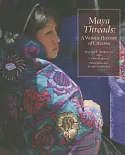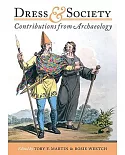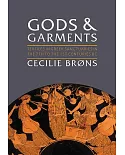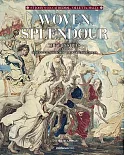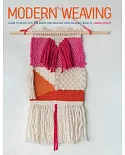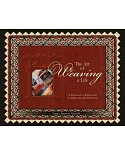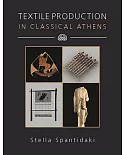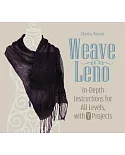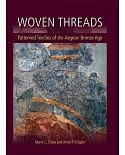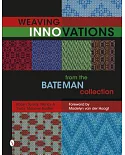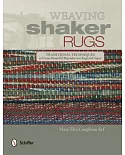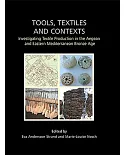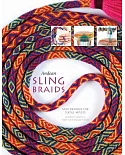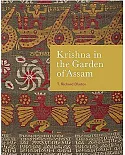"Already in Greek and Roman antiquity a vibrant series of exchange relationships existed between the Mediterranean regions and China, including the Indian subcontinents along well-defined
routes we call the Silk Roads. Among the many goods that found their way from East to West and vice versa were glass, wine, spices, metals like iron, precious stones as well as textile raw
materials and fabrics and silk, a luxury item that was in great demand in the Roman Empire. These collected papers connect research from different areas and disciplines dealing with exchange
along the Silk Roads. These historical, philological and archaeological contributions highlight silk as a commodity, gift and tribute, and as a status symbol in varying cultural and
chronological contexts between East and West, including technological aspects of silk production. The main period concerns Rome and China in antiquity, ending in the late fifth century CE, with
the Roman Empire being transformed into the Byzantine Empire, while the Chinese chronology covers the Han dynasty, the Three Kingdoms, the Western and Eastern Jin and Sixteen Kingdoms, ending
in 420 CE. In addition, both earlier and later epochs are also considered in order to gather an understanding of developments and changes in long-distance and longer-term relations that
involved silk."




